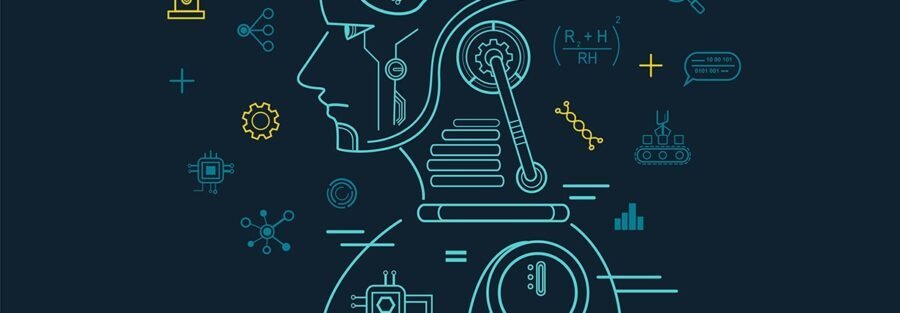What is Machine Learning?
Machine learning is an application of artificial intelligence (AI) that provides systems the ability to automatically learn and improve from experience without being explicitly programmed. Machine learning focuses on the development of computer programs that can access data and use it to learn for themselves.
The process of learning begins with observations or data, such as examples, direct experience, or instruction, to look for patterns in data and make better decisions in the future based on the examples that we provide. Some machine learning methods:
Machine learning algorithms are often categorized as supervised or unsupervised.
Supervised machine learning algorithms can apply what has been learned in the past to new data using labeled examples to predict future events. Starting from the analysis of a known training dataset, the learning algorithm produces an inferred function to make predictions about the output values. The system can provide targets for any new input after sufficient training. The learning algorithm can also compare its output with the correct, intended output and find errors to modify the model accordingly.
In contrast, unsupervised machine learning algorithms are used when the information used to train is neither classified nor labeled. Unsupervised learning studies how systems can infer a function to describe a hidden structure from unlabeled data. The system doesn’t figure out the right output, but it explores data and can draw inferences from datasets to describe hidden structures from unlabeled data.
Semi-supervised machine learning algorithms fall somewhere in between supervised and unsupervised learning, Reinforcement machine learning algorithms is a learning method that interacts with its environment by producing actions and discovers errors or rewards. Trial and error search and delayed reward are the most relevant characteristics of reinforcement learning.
Machine Learning Techniques for Predictive Maintenance
Predictive maintenance savings come in two forms:
- Avoid or minimize downtimes. This will avoid an unhappy customer, save money, and sometimes save lives
- Optimize the periodic maintenance
The goal of predictive maintenance is to predict at the time “t”, using the data up to that time, whether the equipment will fail soon. To do predictive maintenance, first, we add sensors to the system that will monitor and collect data about its operations. Data for predictive maintenance is time-series data. Data includes a timestamp, a set of sensor readings collected at the same time as timestamps, and device identifiers.
Predictive maintenance can be formulated in one of two ways:
- Classification approach – predicts whether there is a possibility of failure in next n-steps
- Regression approach – predicts how much time is left before the next failure
The former approach only provides a boolean answer but can provide greater accuracy with fewer data. The latter needs more data although it provides more information about when the failure will happen.
Please click here to explore our menu of IIOT Services




